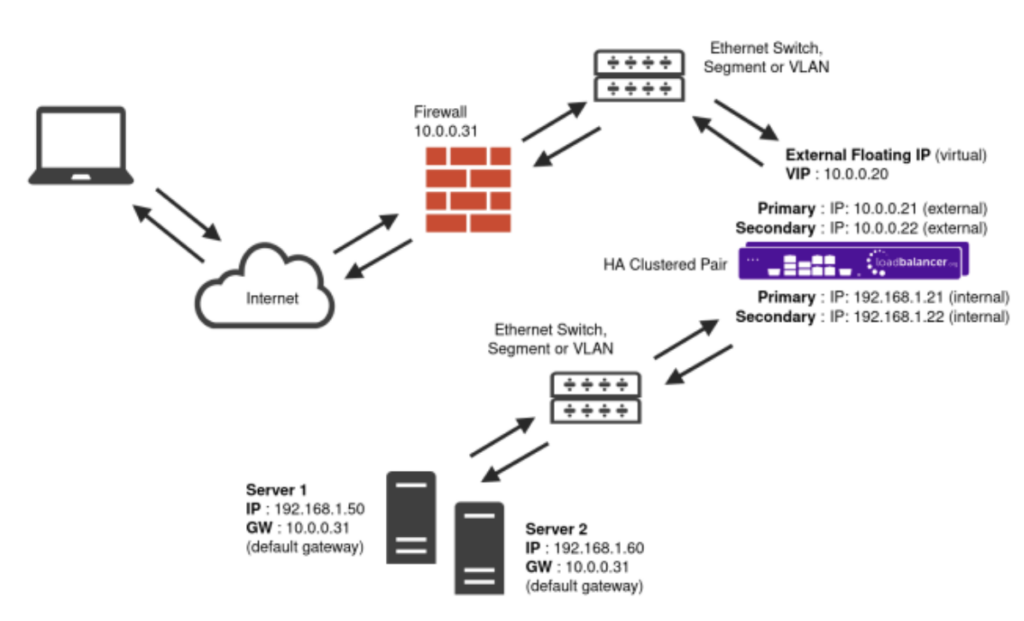Load balancing HP Anyware

Useful resources
About HP Anyware (formally Teradici CAS)
HP Anyware (formerly known as Teradici Cloud Access Software (CAS)) makes it possible to securely deliver high-performance desktops to knowledge workers and power users, even when using the most graphics-intensive applications. HP Anyware is built on the industry-leading PCoIP (PC-over-IP) proprietary remote desktop protocol, empowering a rich user experience and the flexibility to deliver desktops from any public cloud or data center to a variety of endpoint devices.
Key benefits of load balancing
Here are a few key benefits:
- Ensures the application is always available
- Provides a stable, optimal performance
- Ability to isolate servers which reduces risk when performing upgrades/ maintenance
- Scalability
How to load balance HP Anyware
The load balancer can be deployed in 4 fundamental ways: Layer 4 DR mode, Layer 4 NAT mode, Layer 4 SNAT mode, and Layer 7 SNAT mode. For HP Anyware, using Layer 4 SNAT mode is recommended.
Layer 4 SNAT mode is a high performance solution, although not as fast as Layer 4 NAT mode or Layer 4 DR mode.

The load balancer translates all requests from the external Virtual Service to the internal Real Servers in the same way as NAT mode. Layer 4 SNAT mode is not transparent, an iptables SNAT rule translates the source IP address to be the load balancer rather than the original client IP address. Layer 4 SNAT mode can be deployed using either a one-arm or two-arm configuration. For two-arm deployments, eth0 is normally used for the internal network and eth1 is used for the external network although this is not mandatory.
If the Real Servers require Internet access, Autonat should be enabled using the WebUI option: Cluster Configuration > Layer 4 – Advanced Configuration, the external interface should be selected. Requires no mode-specific configuration changes to the load balanced Real Servers. Port translation is possible with Layer 4 SNAT mode, e.g. VIP:80 → RIP:8080 is supported. You should not use the same RIP:PORT combination for layer 4 SNAT mode VIPs and layer 7 SNAT mode VIPs because the required firewall rules conflict.
deployment guide

HP Anyware Deployment Guide
Read deployment guidemanual

Administration manual
Read manual


